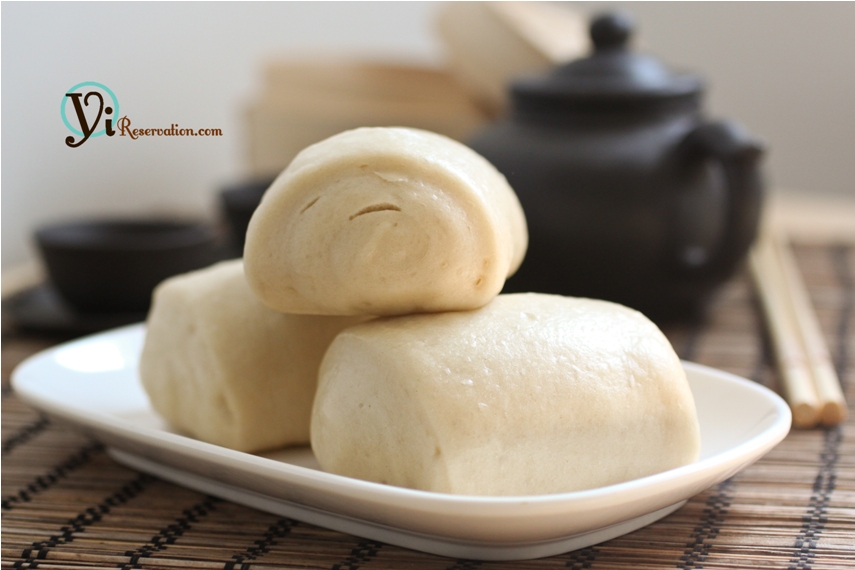
The application of the proposed control strategy to an actual proofing chamber for controlling dough leavening during the proofing process was found to be successful.īesides judging the right amount of proofing time, which is always challenging in the baking industry, alteration in ingredients and different starting states of the dough (normal dough frozen dough or thawed dough) will influence the required time for the proofing process. For this purpose, a mathematical model representing the volume evaluation of dough pieces during proofing was identified, which allows an off‐line search for optimal parameters of the controller. The controller was tuned by an optimization method. The work includes developing an on‐line monitoring system in order to measure volume evaluation of dough pieces during the proofing process and applying the corrective actions to minimize the size variation caused by alteration in amount of yeast added to the ingredients. This article presents the application of a model‐based tuned PID controller to the proofing process in bread baking. I've met up with many soldiers who after their time in Afghanistan have said that we really did prepare them well.Despite the importance of the proofing process in baking industry, no online measurement system is available so far, which can supervise this process step. "I love that my work is kind of weird and gross to many people but I do believe that it makes a huge difference in emergency training.

Nola's other role is in research and development-creating new training aids and different ways to simulate wounds, and learning new techniques from the special effects world. "My medical background is a large point of difference between TraumaSim and other special effects make-up artists." "This work requires a thorough understanding of the human body, illness and injury," says Nola.

Working as an intensive care nurse for many years before and after her graduation, Nola says that her nursing career and university qualification continue to help in her career. "For a middle-aged petite woman who had previously worked in the air-conditioned comfort of the public hospital system, this was a very major change." For example, something may be going to explode and injure people," she says. "The challenge for the military contractor was to get us into the scenario without the trainees realising what was about to happen. These mission-rehearsal exercises typically lasted for around three weeks with soldiers training in a partially scripted scenario.

"Over the past three years I have had the amazing experience of providing moulage and medical training equipment to the Australian Army," she says. Returning to Australia, Nola founded TraumaSim, a company offering trauma simulation training.

"Hospital funding is linked to their staff undertaking a required amount of scenario training activities each year, both internally and within the�community." "The US takes trauma simulation very seriously," says Nola. She was taught by experienced Hollywood special effects artists, moulage technicians and army medics. Having enjoyed her first attempts at basic moulage using play-dough and fake blood as a young St John Ambulance cadet, Nola later used similar techniques when training first aiders and medics.īut a lack of realism in emergency medical training in Australia led Nola to travel to the United States to undertake trauma simulation training. Through the use of trauma make-up (moulage), special effects and props, Nola creates realistic training scenarios to prepare medical and military personnel for emergency situations. Graduating in 1997 among the first group of critical care nurses to be trained at the University of Adelaide, Nola Pearce has gone on to apply her skills in a very unique field. Nola's hands-on trauma training gets results


 0 kommentar(er)
0 kommentar(er)
